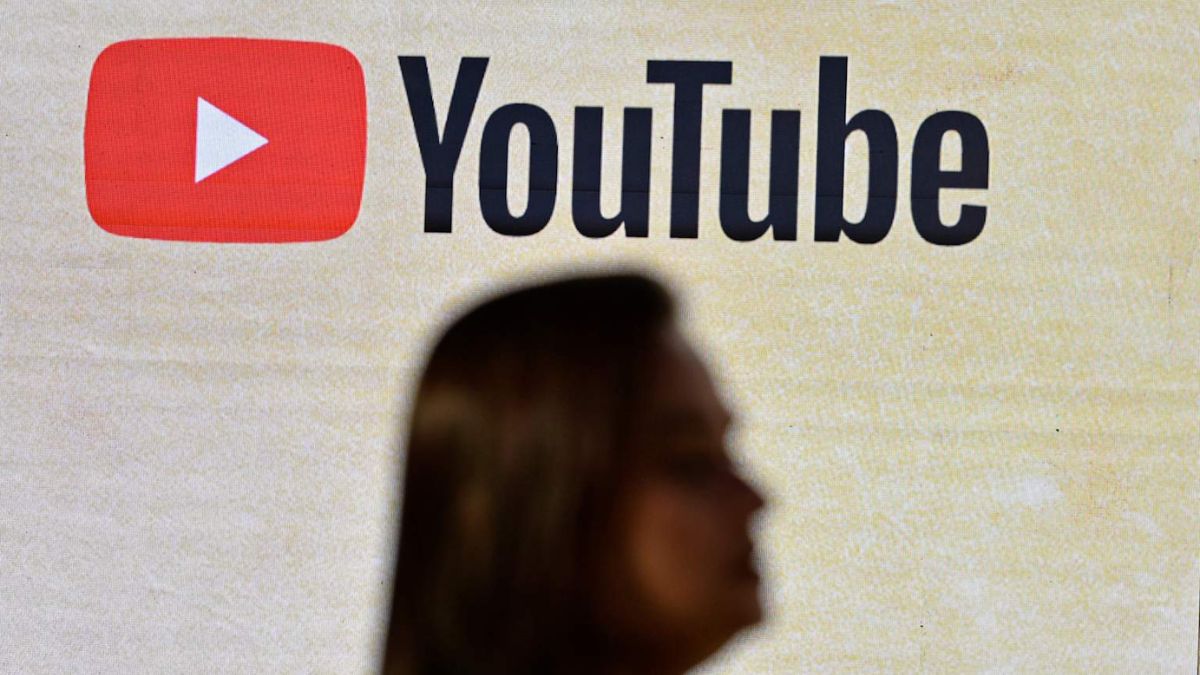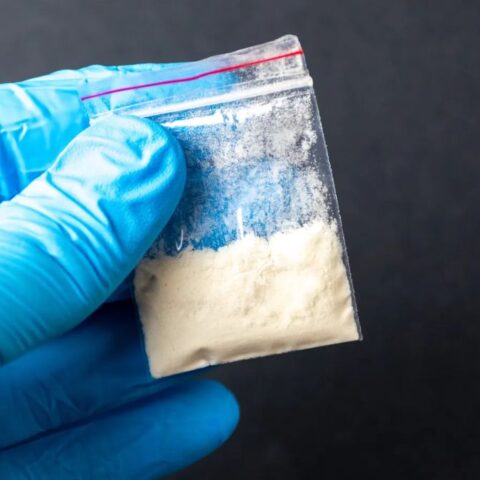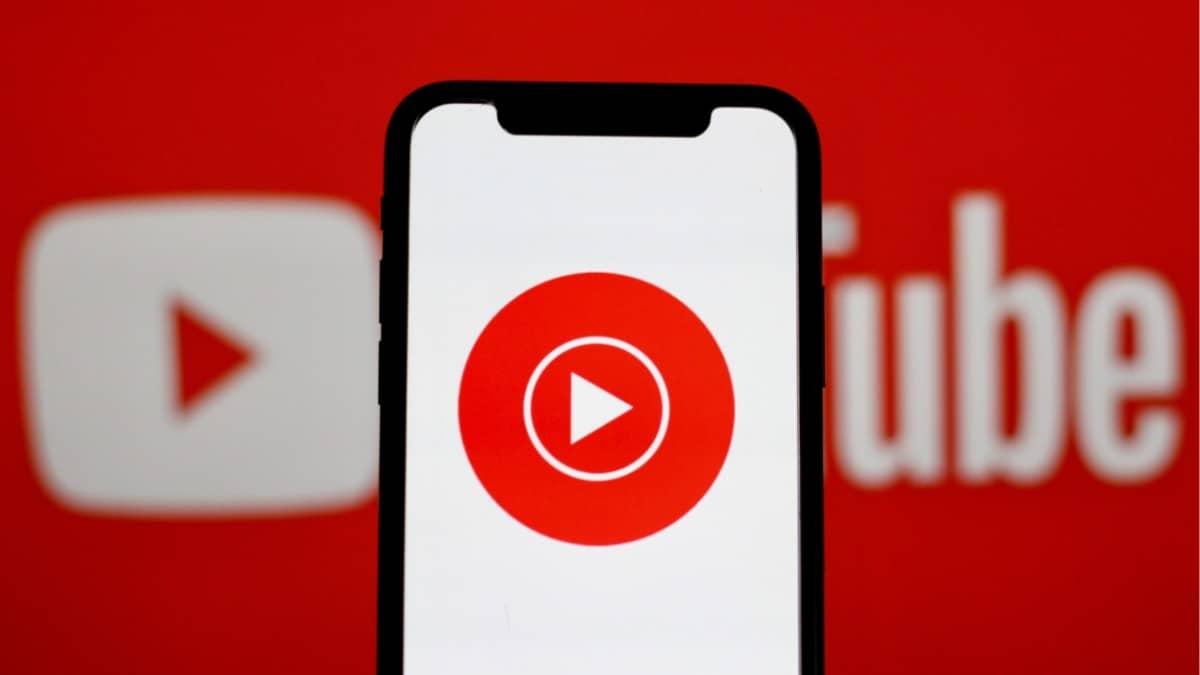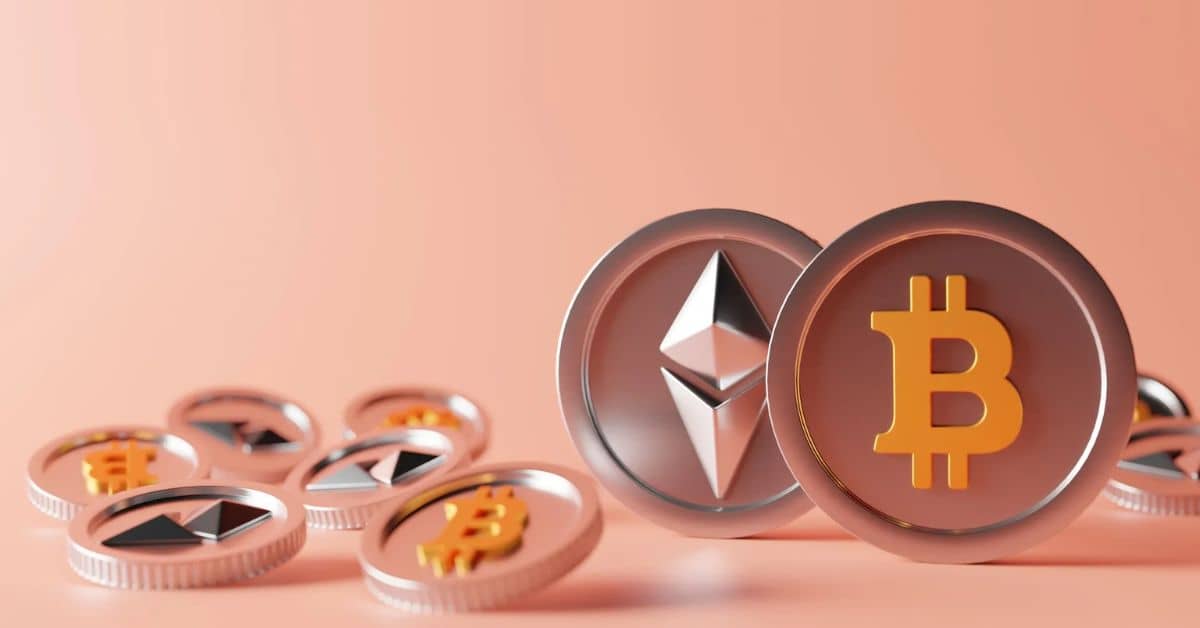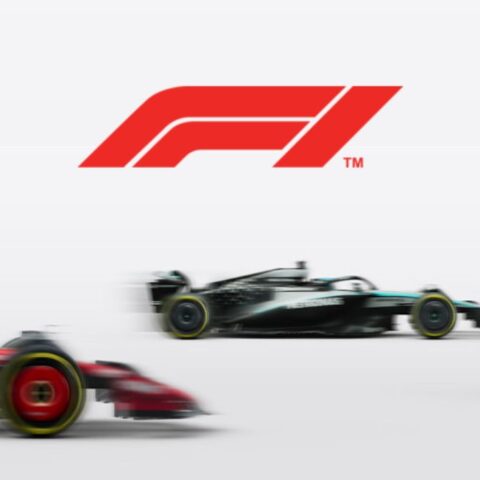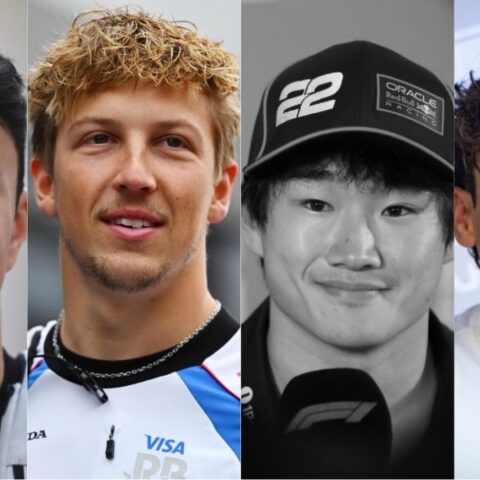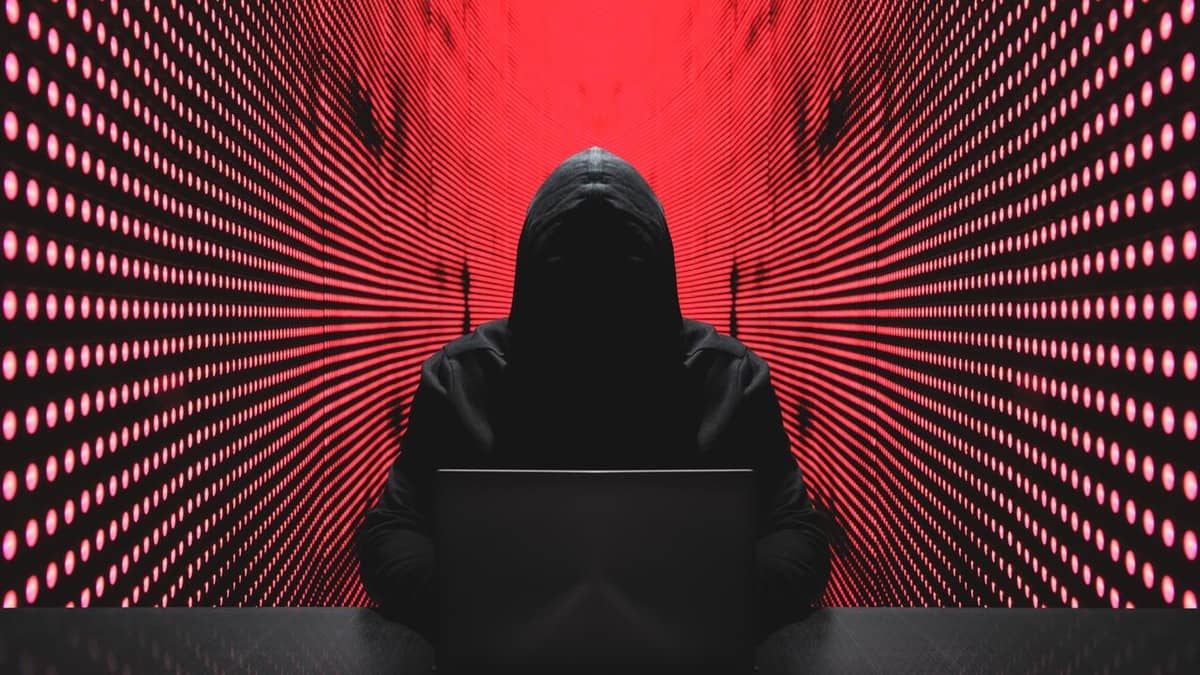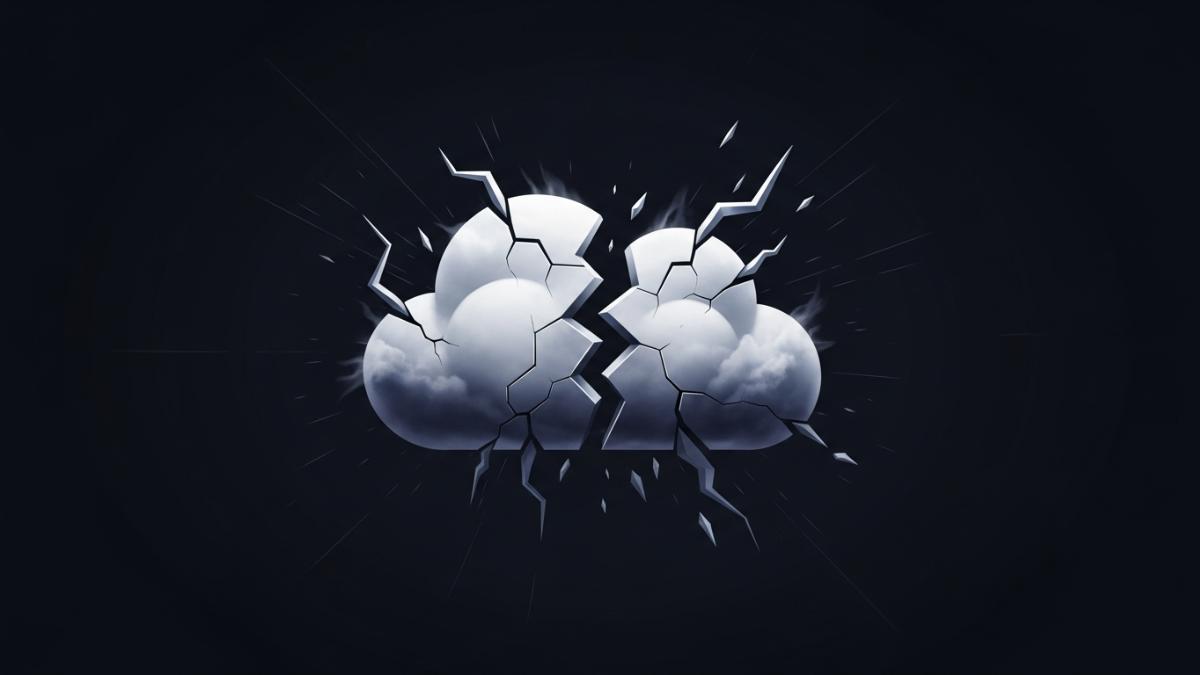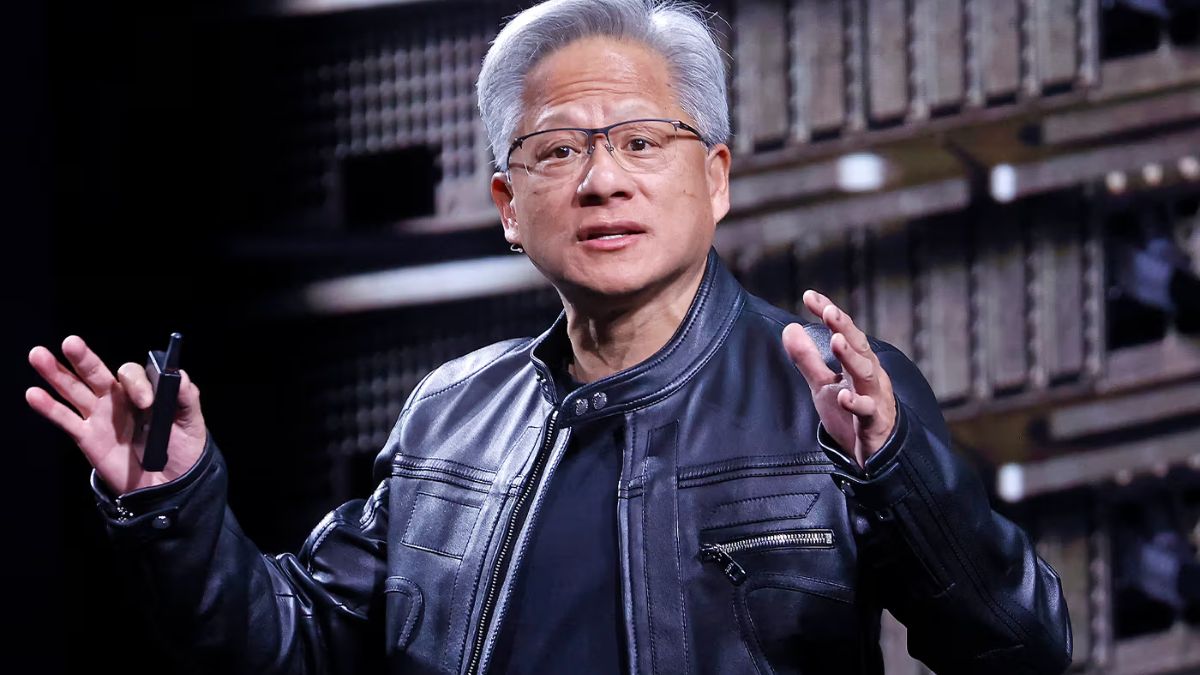Australia has decided to include YouTube in its upcoming social media ban for children under 16, reversing its previous exemption. The change will take effect on December 10, 2025.
Prime Minister Anthony Albanese and Communications Minister Anika Wells announced the update on July 30 after a report from eSafety Commissioner Julie Inman Grant.
A survey of 2,600 children showed that 37% experienced harmful content on YouTube—the highest among social platforms—leading to the policy shift.
YouTube will now face the same rules and penalties as Facebook, Instagram, TikTok, Snapchat, and X. Platforms that fail to block under-16 users risk fines up to $49.5 million.
The original ban, passed in November 2024, aims to protect children from harmful content such as violence, misogyny, and disordered eating.
YouTube had been exempted because of its educational content, a decision supported by former Communications Minister Michelle Rowland after lobbying from YouTube’s CEO.
But competitors like Meta and TikTok criticized this “sweetheart deal,” saying YouTube’s features, including algorithmic feeds and social interaction, pose similar risks to young users.
YouTube Kids, which offers stricter safety controls, remains exempt. Also, logged-out viewing of educational videos on YouTube will still be allowed.
Google, YouTube’s parent company, has threatened legal action, saying the ban may violate constitutional communication rights. The announcement came just before a Google event at Australia’s Parliament House, sparking debate.
Supporters, including parent groups, praise the move as a strong step to protect children. Critics, seen in posts on X, worry it could hurt Australian creators’ earnings and push teens to less-regulated platforms.
Details on enforcement, such as how age verification will work, remain unclear. Trials are set to begin in January 2026.

